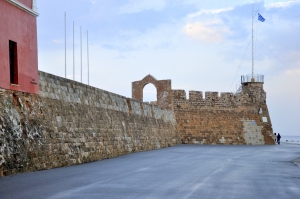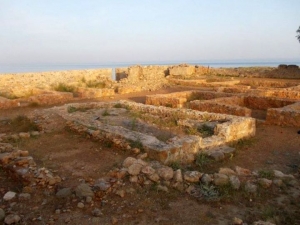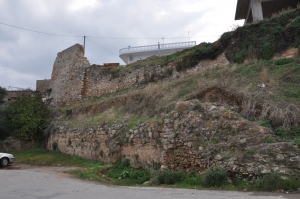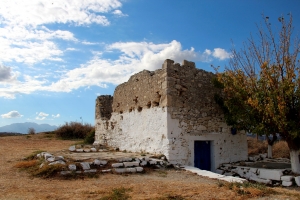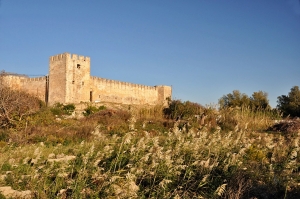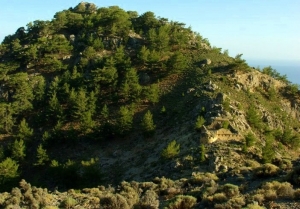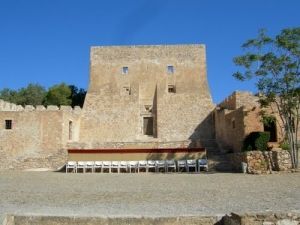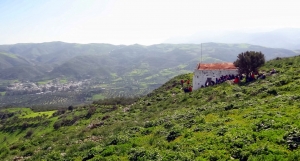On the west side of Chania harbor, the traveler can still visit Firkas fortress, still dominating a low hill and housing the modern Naval Museum of Crete. Firkas is a Turkish name and means division, as the fort housed the headquarters of the Turkish Division.
The fortresses built by the Venetians along the south shores of Crete were very few, perhaps because of the lack of ports and bays. One of them, however, was the fort of Selino (in the site of modern Paleochora). This fortress was built around the neck of a protrusion of land into the sea, so as to support the domination of the Venetians in the area, which was inhabited by many rebels.
Kastelli in Kissamos, which in 1966 was renamed to Kissamos, is a small picturesque town built in the gulf of Kissamos or Myrtilos, between the peninsulas of Gramvousa and Spatha. The name derives from the Venetian fortress that was built there, remains of which still exist.
The fortress of Apicorno has been one of the most important forts of the Gulf of Souda. The Castel Apicorno or Bicorna gave its name to the province of Apokoronas, called like this even today, although the fort is destroyed.
Small, well-preserved, leaning on the edge of a desert plain of the Libyan Sea in Sfakia around the mountains, Fragokastelo unfolds even today the skein of history, a story full of memories and mysteries. The "castle of Drosoulites" was built by the Venetians in the period 1371-1374, aiming to protect them from Sfakians, who were led by the six brothers Patsis who constantly bothered occupiers, who could not complete the project.
This is one of the several Turkish towers (koules) that the Turks built in the late 19th century in order to control the south shores of Crete. This is ruined and has amazing views to the surrounding areas.
Castle Kazarma (Casa di Arma) is built on a hill near the port of Sitia, reminding of the old times that it protected the town. The fort is the only surviving part of the old town walls, which were destroyed by the Venetians.
The fort Castel Belvedere or Kastelos was built on the isolated hill Kastellos, that was accessible only from its south side, near the villages of Ano and Kato Kastelliana. Here was the site of the ancient city Priansos, a powerful and great town that minted its own currency and had its seaport at Inatos (current Tsoutsouras).











